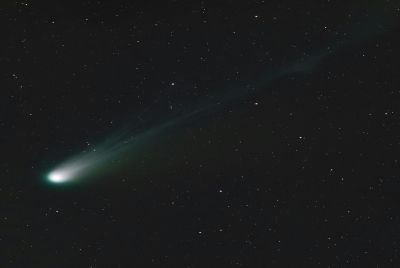Clone Scientists Try to Bring Woolly Mammoth back to Life

A woolly mammoth may stalk the Earth for the first time in 10,000 years after South Korean and Russian scientists teamed up in an ambitious cloning project.
Vice-rector of the Northeastern Federal University of the Sakha Republic in Russia and cloning guru Hawng Woo-Suk of the South Korean Sooam Biotech Research Foundation signed an agreement to work together on bringing the extinct beast back to life.
Hwang courted controversy when his famed 2006 research into stem cells was declared fake. His work in creating the world's first dog, Snuppy, in 2005, however, has been verified.
Another researcher at Sooam, Hwang In-Sung, told AFP: "The first and hardest mission is to restore mammoth cells.
"This will be a really tough job but we believe it is possible because our institute is good at cloning animals."
The two research teams will share their findings. The Russian university is already working alongside Japanese scientists in the cloning project.
The researchers are hoping to take DNA cells from the fossilised remains of a mammoth found in the Siberian permafrost and implant them in the womb of an Indian elephant. The animals share many genetic similiarties.
The South Korean researchers have cloned many animals including a cow, a cat, a pig, dogs and a wolf.
Hwang Woo-Suk unveiled a litter of eight cloned coyotes in October.
© Copyright IBTimes 2025. All rights reserved.




















